-
 bitcoin
bitcoin $114320.977035 USD
-0.40% -
 ethereum
ethereum $4152.439985 USD
-1.75% -
 tether
tether $1.000111 USD
-0.04% -
 xrp
xrp $2.843037 USD
-1.63% -
 bnb
bnb $1013.349380 USD
-1.62% -
 solana
solana $208.362767 USD
-2.10% -
 usd-coin
usd-coin $0.999783 USD
0.00% -
 dogecoin
dogecoin $0.232559 USD
-1.00% -
 tron
tron $0.333491 USD
-1.09% -
 cardano
cardano $0.806310 USD
0.19% -
 hyperliquid
hyperliquid $45.023720 USD
-1.59% -
 ethena-usde
ethena-usde $1.000819 USD
-0.06% -
 chainlink
chainlink $21.241249 USD
-2.11% -
 avalanche
avalanche $30.035416 USD
-0.66% -
 stellar
stellar $0.364984 USD
-2.05%
TRIX indicator for identifying tops and bottoms
The TRIX indicator helps cryptocurrency traders spot trend reversals by filtering market noise and highlighting momentum shifts.
Jul 15, 2025 at 01:22 pm
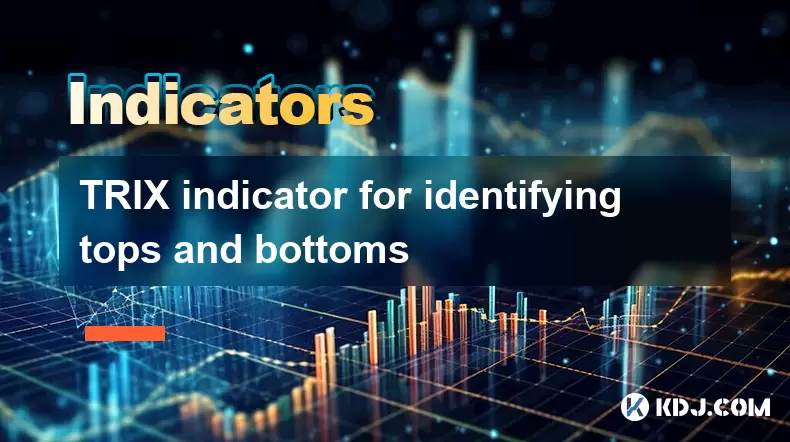
Understanding the TRIX Indicator in Cryptocurrency Trading
The TRIX indicator, or Triple Exponential Average, is a momentum oscillator commonly used in technical analysis to identify overbought and oversold conditions. In the context of cryptocurrency trading, where volatility can be extreme and trends may reverse suddenly, the TRIX indicator offers traders a way to filter out market noise and spot potential trend reversals.
Unlike simple moving averages that lag behind price action, the TRIX indicator applies triple smoothing to the price data, reducing false signals. This makes it particularly useful for identifying potential tops and bottoms in fast-moving crypto markets. Traders often combine the TRIX indicator with other tools such as volume indicators or support/resistance levels to increase accuracy.
Note:The TRIX indicator is not designed to provide directional bias but rather to highlight changes in momentum that could signal upcoming reversals.
How to Calculate the TRIX Indicator
To fully understand how the TRIX indicator works, it's essential to grasp its calculation method. The process involves several steps:
- Step 1: Calculate a single exponential moving average (EMA) of closing prices over a specified period (usually 14 or 15 periods).
- Step 2: Apply EMA again to the result from Step 1.
- Step 3: Apply EMA one more time to the output from Step 2.
- Step 4: Compute the percentage change between the current triple-smoothed EMA and the previous value.
This final percentage change forms the TRIX indicator line on the chart. A signal line, which is typically a moving average of the TRIX indicator, is also plotted to generate buy/sell signals when it crosses above or below the main TRIX indicator line.
Important:While default settings are common, adjusting the lookback period based on asset volatility—especially in cryptocurrencies like Bitcoin or Ethereum—can improve performance.
Using TRIX to Identify Tops in Crypto Markets
In highly volatile cryptocurrency markets, spotting tops early can prevent significant losses. When the TRIX indicator starts to decline from a high positive level while price continues to rise, it indicates weakening momentum—a potential sign of a top forming.
Here’s how to interpret this scenario:
- Watch for positive divergence: If the price is making new highs but the TRIX indicator fails to confirm with a lower high, this could signal exhaustion.
- Look for crossovers: When the TRIX indicator crosses below its signal line during an uptrend, especially after reaching overbought territory, it may indicate a reversal.
- Combine with volume: A drop in volume alongside declining TRIX values strengthens the case for a potential top.
Use candlestick patterns like shooting stars or bearish engulfing candles alongside TRIX indicator signals to reinforce your analysis.
Recognizing Market Bottoms Using TRIX
Just as the TRIX indicator helps identify tops, it can also assist in detecting bottoms in cryptocurrency charts. During downtrends, if the TRIX indicator begins to rise from a deeply negative region while the price continues to fall, it suggests underlying strength returning to the market.
Key observations include:
- Negative divergence: Price makes new lows but the TRIX indicator forms higher lows—this is a classic bullish divergence.
- Signal line crossovers: A crossover above the signal line while the TRIX indicator is in oversold territory can serve as a strong buy signal.
- Momentum confirmation: Wait for a clear move into positive territory before considering entry, especially in choppy markets.
Avoid acting on early signs without confirmation; many false signals occur during consolidation phases.
Practical Steps to Implement TRIX in Trading Platforms
Most modern trading platforms, including those popular among crypto traders like Binance, TradingView, and Bybit, offer built-in TRIX indicator tools. Here’s how to set it up:
- Open your preferred trading platform and navigate to the chart of the cryptocurrency you're analyzing.
- Locate the indicators menu and search for 'TRIX' or 'Triple Exponential Moving Average.'
- Adjust the period setting according to the timeframe you’re using—common values range from 10 to 20 for daily charts.
- Enable the signal line if available to get crossover signals.
- Customize colors and styles for better visual clarity.
Save your custom TRIX indicator configuration so you don’t have to reconfigure it every time.
Frequently Asked Questions (FAQ)
Q: Can the TRIX indicator be used alone for trading decisions?A: While the TRIX indicator provides valuable insights into momentum shifts, relying solely on it increases the risk of false signals. It’s best used in conjunction with other indicators like RSI, MACD, or Fibonacci retracement levels.
Q: Is the TRIX indicator suitable for all cryptocurrencies?A: Yes, the TRIX indicator can be applied to any tradable asset, including altcoins and stablecoins. However, less liquid or newer cryptocurrencies might produce erratic readings due to low trading volumes.
Q: How does the TRIX indicator differ from MACD?A: Both are momentum indicators, but the TRIX indicator applies triple smoothing to reduce lag, whereas MACD uses two EMAs and a histogram to show momentum. TRIX tends to give fewer but potentially more reliable signals in trending markets.
Q: What should I do if the TRIX indicator gives conflicting signals with price?A: Divergences between the TRIX indicator and price are key reversal signals. However, always wait for confirmation through additional tools or candlestick patterns before taking action.
Disclaimer:info@kdj.com
The information provided is not trading advice. kdj.com does not assume any responsibility for any investments made based on the information provided in this article. Cryptocurrencies are highly volatile and it is highly recommended that you invest with caution after thorough research!
If you believe that the content used on this website infringes your copyright, please contact us immediately (info@kdj.com) and we will delete it promptly.
- BlockDAG, DOGE, HYPE Sponsorship: Crypto Trends Shaping 2025
- 2025-10-01 00:25:13
- Deutsche Börse and Circle: A StableCoin Adoption Powerhouse in Europe
- 2025-10-01 00:25:13
- BlockDAG's Presale Buzz: Is It the Crypto to Watch in October 2025?
- 2025-10-01 00:30:13
- Bitcoin, Crypto, and IQ: When Genius Meets Digital Gold?
- 2025-10-01 00:30:13
- Stablecoins, American Innovation, and Wallet Tokens: The Next Frontier
- 2025-10-01 00:35:12
- NBU, Coins, and Crypto in Ukraine: A New Yorker's Take
- 2025-10-01 00:45:14
Related knowledge
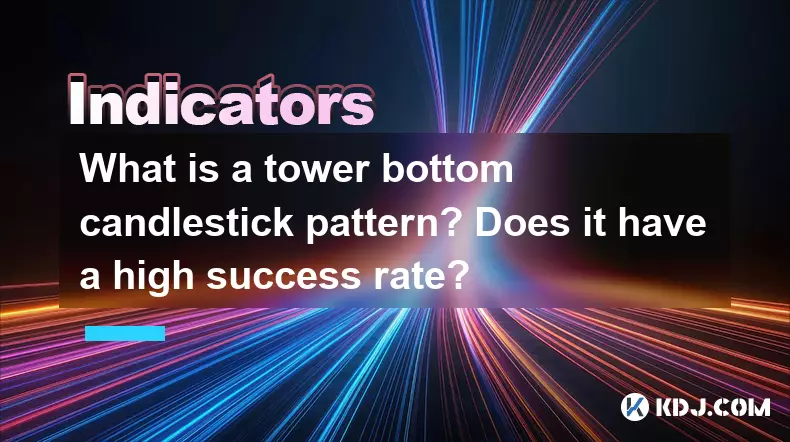
What is a tower bottom candlestick pattern? Does it have a high success rate?
Sep 22,2025 at 07:18am
Tower Bottom Candlestick Pattern Explained1. The tower bottom candlestick pattern is a reversal formation that typically appears at the end of a downt...
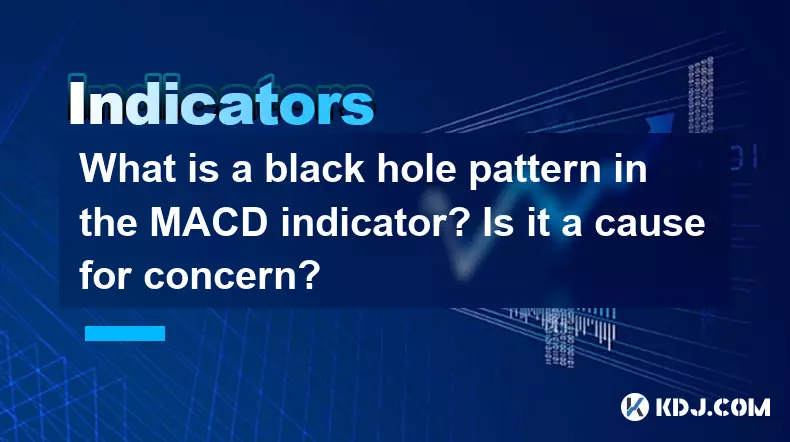
What is a black hole pattern in the MACD indicator? Is it a cause for concern?
Sep 21,2025 at 06:54pm
Bitcoin's Role in Decentralized Finance1. Bitcoin remains the cornerstone of decentralized finance, serving as a benchmark for value and security acro...

How can I use the psychological line (PSY) to determine market sentiment?
Sep 17,2025 at 02:19pm
Understanding the Psychological Line (PSY) in Cryptocurrency TradingThe Psychological Line, commonly referred to as PSY, is a momentum oscillator used...
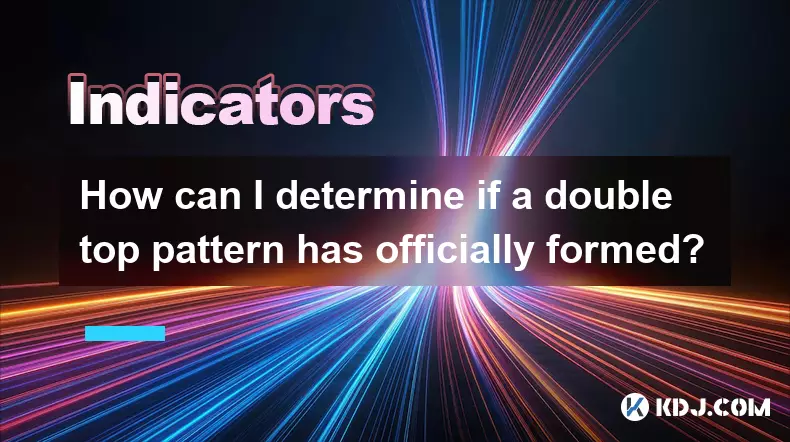
How can I determine if a double top pattern has officially formed?
Sep 21,2025 at 03:18am
Understanding the Structure of a Double Top Pattern1. A double top pattern consists of two distinct peaks that reach approximately the same price leve...
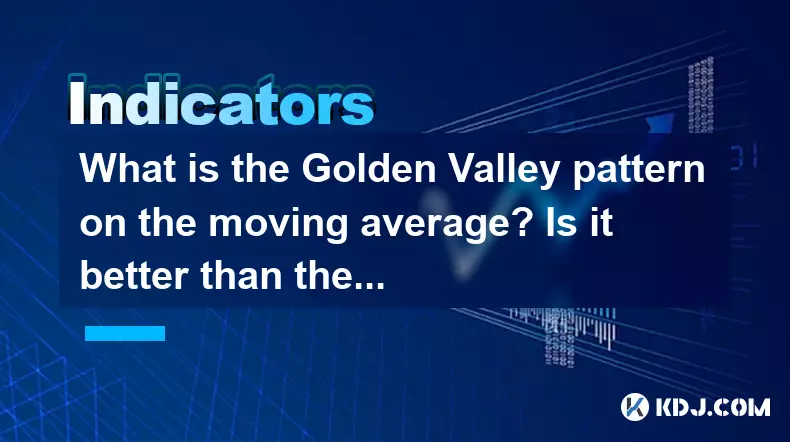
What is the Golden Valley pattern on the moving average? Is it better than the Silver Valley pattern?
Sep 21,2025 at 02:54pm
Understanding the Golden Valley Pattern in Moving Averages1. The Golden Valley pattern is a technical formation observed in cryptocurrency price chart...

What does a death cross of the RSI in the strong zone (above 50) mean?
Sep 17,2025 at 10:54pm
Understanding the Death Cross in RSI Context1. The term 'death cross' is traditionally associated with moving averages, where a short-term average cro...

What is a tower bottom candlestick pattern? Does it have a high success rate?
Sep 22,2025 at 07:18am
Tower Bottom Candlestick Pattern Explained1. The tower bottom candlestick pattern is a reversal formation that typically appears at the end of a downt...

What is a black hole pattern in the MACD indicator? Is it a cause for concern?
Sep 21,2025 at 06:54pm
Bitcoin's Role in Decentralized Finance1. Bitcoin remains the cornerstone of decentralized finance, serving as a benchmark for value and security acro...

How can I use the psychological line (PSY) to determine market sentiment?
Sep 17,2025 at 02:19pm
Understanding the Psychological Line (PSY) in Cryptocurrency TradingThe Psychological Line, commonly referred to as PSY, is a momentum oscillator used...

How can I determine if a double top pattern has officially formed?
Sep 21,2025 at 03:18am
Understanding the Structure of a Double Top Pattern1. A double top pattern consists of two distinct peaks that reach approximately the same price leve...

What is the Golden Valley pattern on the moving average? Is it better than the Silver Valley pattern?
Sep 21,2025 at 02:54pm
Understanding the Golden Valley Pattern in Moving Averages1. The Golden Valley pattern is a technical formation observed in cryptocurrency price chart...

What does a death cross of the RSI in the strong zone (above 50) mean?
Sep 17,2025 at 10:54pm
Understanding the Death Cross in RSI Context1. The term 'death cross' is traditionally associated with moving averages, where a short-term average cro...
See all articles










































































